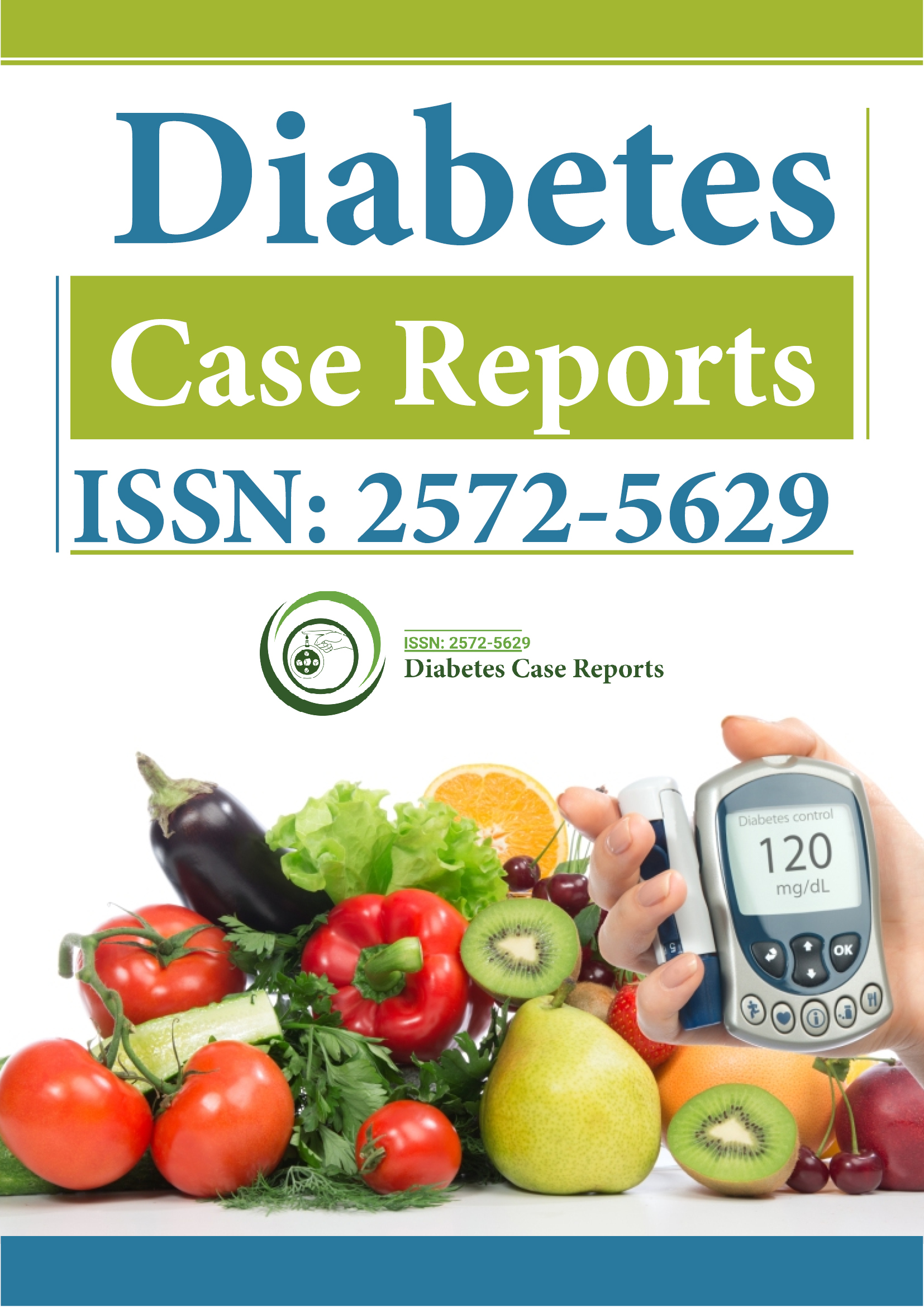Indexed In
- RefSeek
- Hamdard University
- EBSCO A-Z
- Euro Pub
- Google Scholar
Useful Links
Share This Page
Journal Flyer

Open Access Journals
- Agri and Aquaculture
- Biochemistry
- Bioinformatics & Systems Biology
- Business & Management
- Chemistry
- Clinical Sciences
- Engineering
- Food & Nutrition
- General Science
- Genetics & Molecular Biology
- Immunology & Microbiology
- Medical Sciences
- Neuroscience & Psychology
- Nursing & Health Care
- Pharmaceutical Sciences
Environmental and dietetic factors related to mycotoxin exposure in Spanish women
Joint Event 27th Euro-Global Summit on Food and Beverages & 19th International Conference on Endocrinology and Metabolic Disorders
April 04-05, 2024 Madrid, Spain
Guillermina Font, Dasi-Navarro N, Lozano M and Manyes L
University of Valencia, Spain
Scientific Tracks Abstracts: J Psychiatry
Abstract:
Statement of the problem: Human exposure to mycotoxins is a global concern since filamentous fungi can contaminate food and feed from crops to ready-to-eat meals. Human urine bio-monitoring is a widely used technique to evaluate mycotoxins exposure, as an alternative to food correlation studies. The aim of this study is to investigate the association of socio-demographic, environmental and dietary variables with mycotoxins exposure in adult women. Methodology & theoretical orientation: Urine samples obtained from female adult participants resident at the Valencian region (Spain) were analyzed (n=540). A validated multi-mycotoxin method using HPLC-Q-TOFMS was applied to determine the concentration of ten selected mycotoxins, Enniatin A, Enniatin B, Enniatin A1, Enniatin B1, Beauvericine, Aflatoxin B1, Aflatoxin B2, Aflatoxin G1, Aflatoxin G2 and Ochratoxin A, as well as simultaneously perform a screening of other untargeted mycotoxins and their metabolites. Mycotoxins associations were assessed by bivariate and multivariate regression models using participants’ socio-demographic and diet data collected through questionnaires. Findings: Results showed mycotoxin exposure in 81% of samples. At least one mycotoxin was quantified in 151 samples. Most quantified mycotoxins were: Enniatin B [% of detection (concentration range)]=26% (1.0–39.7 ng/ml) and Enniatin B1=7% (0.5–14.4 ng/ml). Besides the ten-targeted mycotoxins, other mycotoxins and metabolites included in the METLIN PCDL database were identified and according to this, high incidence was observed for Deepoxy-deoxynivalenol (45%), Ochratoxin B (18%) and Ochratoxin α (17%). Conclusion: Mycotoxin exposure was higher in rural areas as well as among participants with lower social class, passive smoking and beer consumers. It can be due to their consumption of cereals, legumes and fruits. On the contrary, processed meat intake was correlated with lower mycotoxin exposure. Women consuming more processed foods are less exposed. Studies are required to better evaluate the exposure to mycotoxins from different diets.
Biography :
Guillermina Font is Professor of Toxicology at the University of Valencia in the Department of Medicine Preventive. She is director in Chief of the journal of Toxicology from the Association of Spanish Toxicology of which she is the honorary president. She is the director of the Master in Quality and Food Safety. She has been president of the Scientific Committee of the Spanish Agency of Food Safety and Nutrition. Her research deals with the evaluation of toxicological risks. She began on the analysis of residues of pesticides and veterinary drugs. Since the year 2000, she has been working on mycotoxins in food and feed, on aspects related to the impact of their presence and on the mechanisms of toxicity and its effects. She has presented her results in more than 190 articles in prestigious international journals as well as has participated in numerous international conferences presenting oral and poster presentations. With Professor Lara Manyes, who is now the head of the group, they have begun to study mechanisms and effects at the molecular level through the use of omic sciences.
